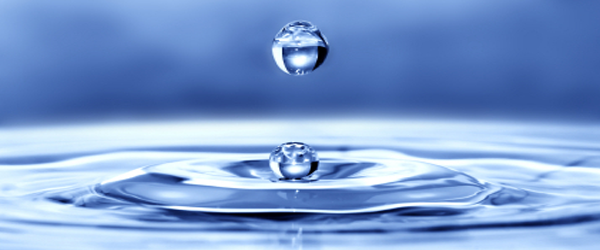Water Audits Procedures
WBA conducts water audits for all sizes of turfgrass and landscape. A client can expect the following steps to be completed and a detailed compilation of reports to be submitted.
Initial Visit
An initial visit to the designated area will be done; meeting with the superintendent and maintenance staff. An area will be selected to conduct the water audit, and the following information will be obtained:
- The Irrigation Controller will be identified.
- The clocks will be activated and all sprinklers will be flagged. Each sprinkler will be checked for proper operation, and adjustment.
- A field test area data map will be drawn. Sprinkler operating pressure, static pressure, dynamic pressure, and sprinkler head spacing will be recorded.
- A soil probe will be used to determine root depth, thatch layer buildup, organic matter accumulation, and the soil moisture content.
- The number of catch devices will be determined for use on the lawn surface when performing the catch can test. Each catch location will be recorded on the map.
- A programmed run time will be used to collect water in the catch devices.
- Water volumes will be read and logged on the test area map.
- The distribution uniformity and precipitation rate will be calculated and recorded.
- The irrigation controller and backflow information will be documented.
- The current water schedule for the turf zone will be verified.
- After discussing the sprinkler uniformity with the supervisor or superintendent, it will be decided if there is a need to retrofit the current spray nozzles with more uniform rotating nozzles.
Second Visit
A second visit will be conducted and at that time, if there is a need to retrofit spray nozzles, it will be performed at this time. The following procedures will be performed and the resulting information will be collected:
- The clock will be activated and all sprinklers will be checked for proper operation, adjustment, and operating pressures.
- The decided number of catch devices will be placed on the lawn surface and separate columns will be used to distribute all of the catch devices.
- A programmed run time will be used to collect water in the catch devices.
- Water volumes will be read and logged on the test area map.
- The distribution uniformity and precipitation rate will be calculated.
- An irrigation schedule will be developed utilizing the plant water requirement, sprinkler performance, and soil-water properties.
- Properly managing an irrigation schedule will incorporate the following scheduling factors.
- The proper amount of water (considering weather and turf).
- The proper frequency of irrigation (based on the soil’s ability to store water and the intake rate of the soil).
- The performance characteristics of the irrigation system (how quickly and evenly water is applied to the turfgrass).
- The features of the irrigation controller and the characteristics of the site that determine appropriate program start times and maximum station run times without runoff.
Please click on the below link to see an example of our water audits.



